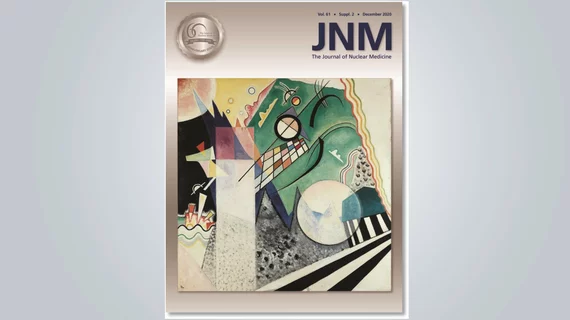Premier nuclear medicine journal celebrates 60th anniversary with special issue
The Society of Nuclear Medicine and Molecular Imaging Wednesday celebrated its flagship journal reaching its sixth decade of publication.
To recognize the event, the Journal of Nuclear Medicine issued a special commemorative issue, in addition to its monthly edition, that features a collection of its most influential and frequently cited manuscripts. World leaders in the field also offered their own perspectives on why each article had such an outsized impact on nuclear medicine.
Beginning in the 1960s, the issue traces such milestones as the invention of the Anger camera, the development of positron emission tomography and 18F-FDG, and many more seminal moments.
“Our collective success is rooted in the research that scientists from around the globe submit to JNM, the tireless efforts of reviewers and editorial board members, and the commitment and interest of readers,” Editor-in-Chief Johannes Czernin, MD, said in a statement. “Substantial credit for the success of JNM also goes to its past editors, who each made unique contributions to establish JNM as the world’s leading journal on nuclear medicine and molecular imaging.”
Read the special issue in its entirety here, including a look ahead toward the future of nuclear medicine.

